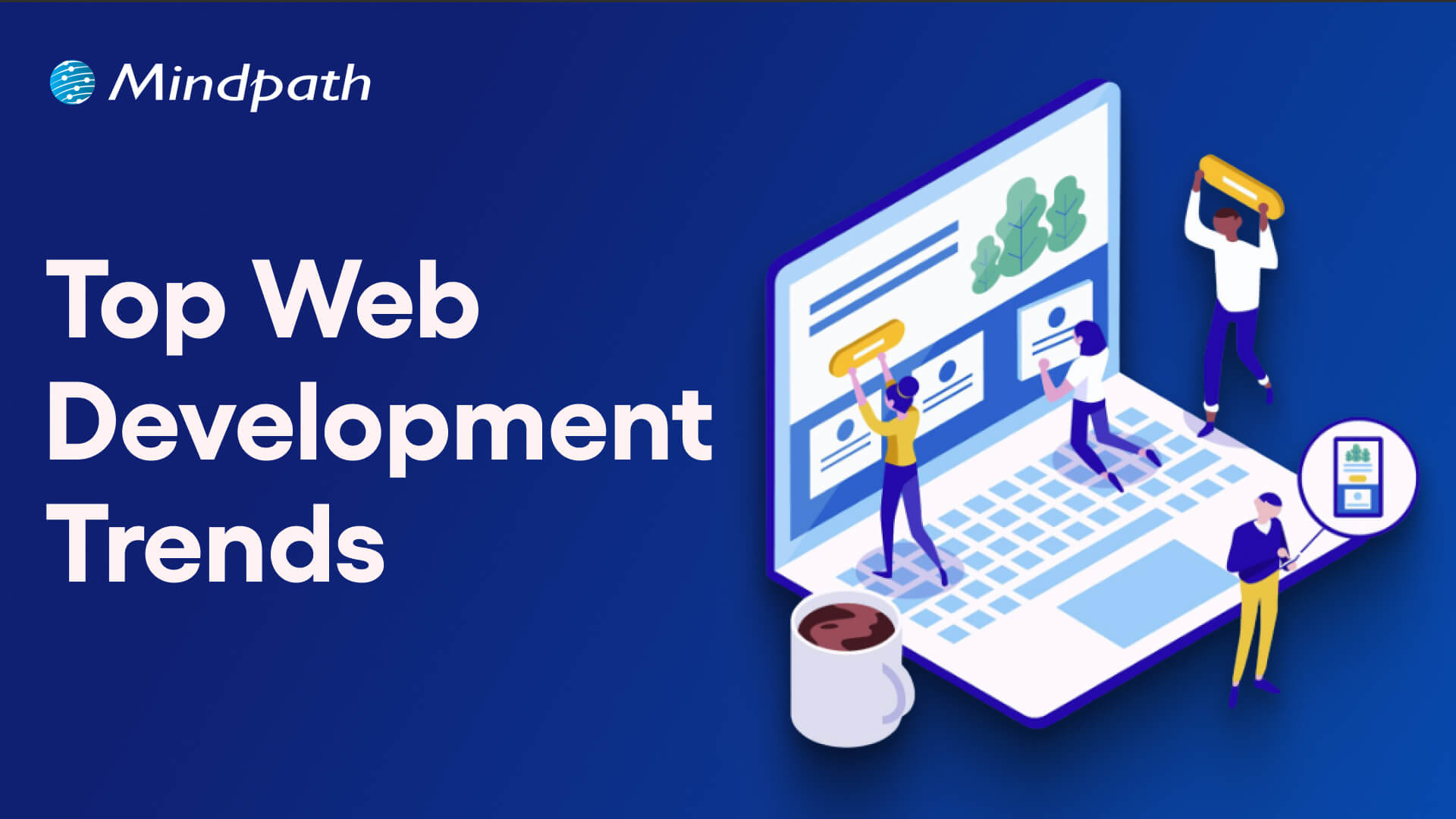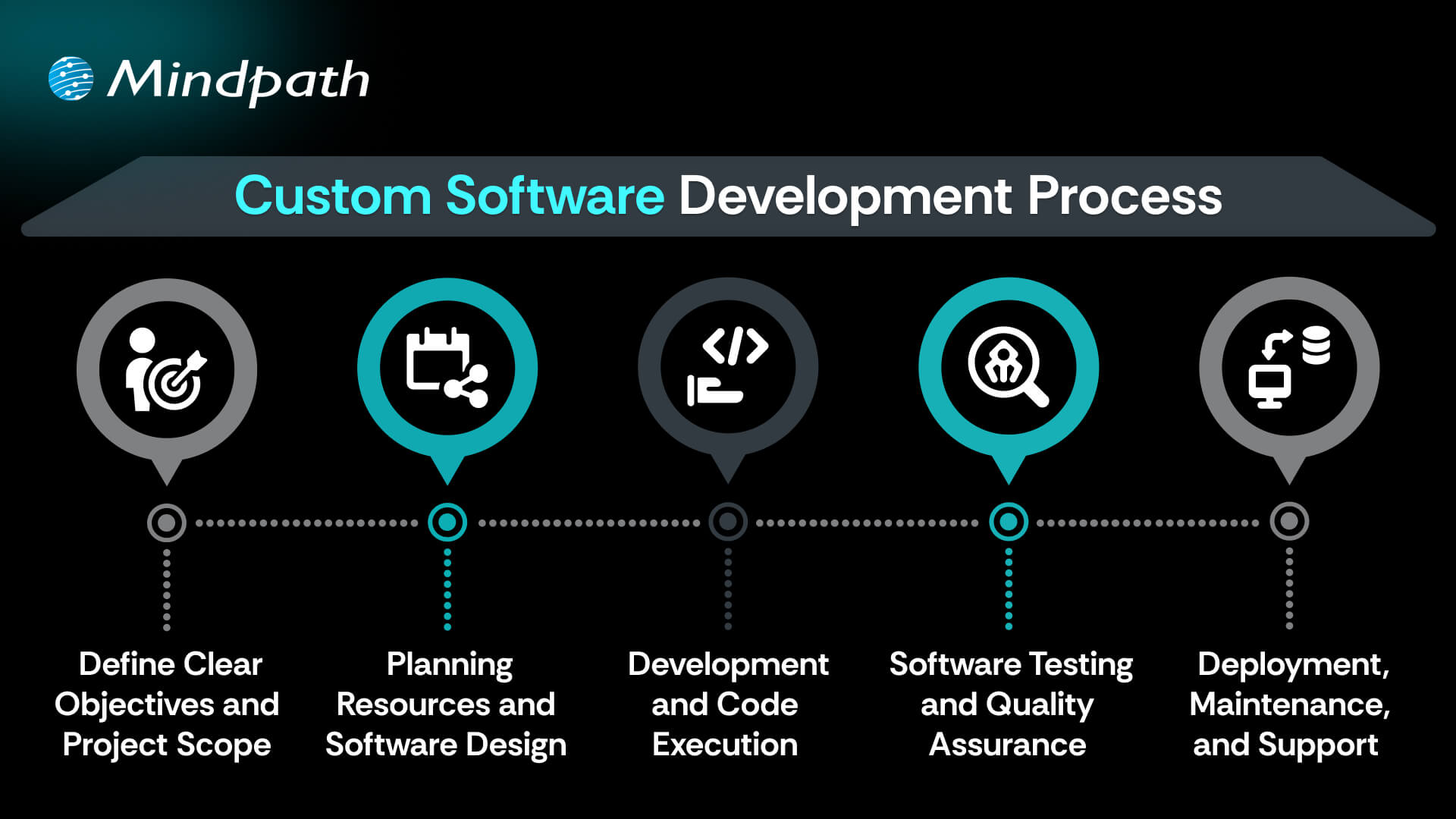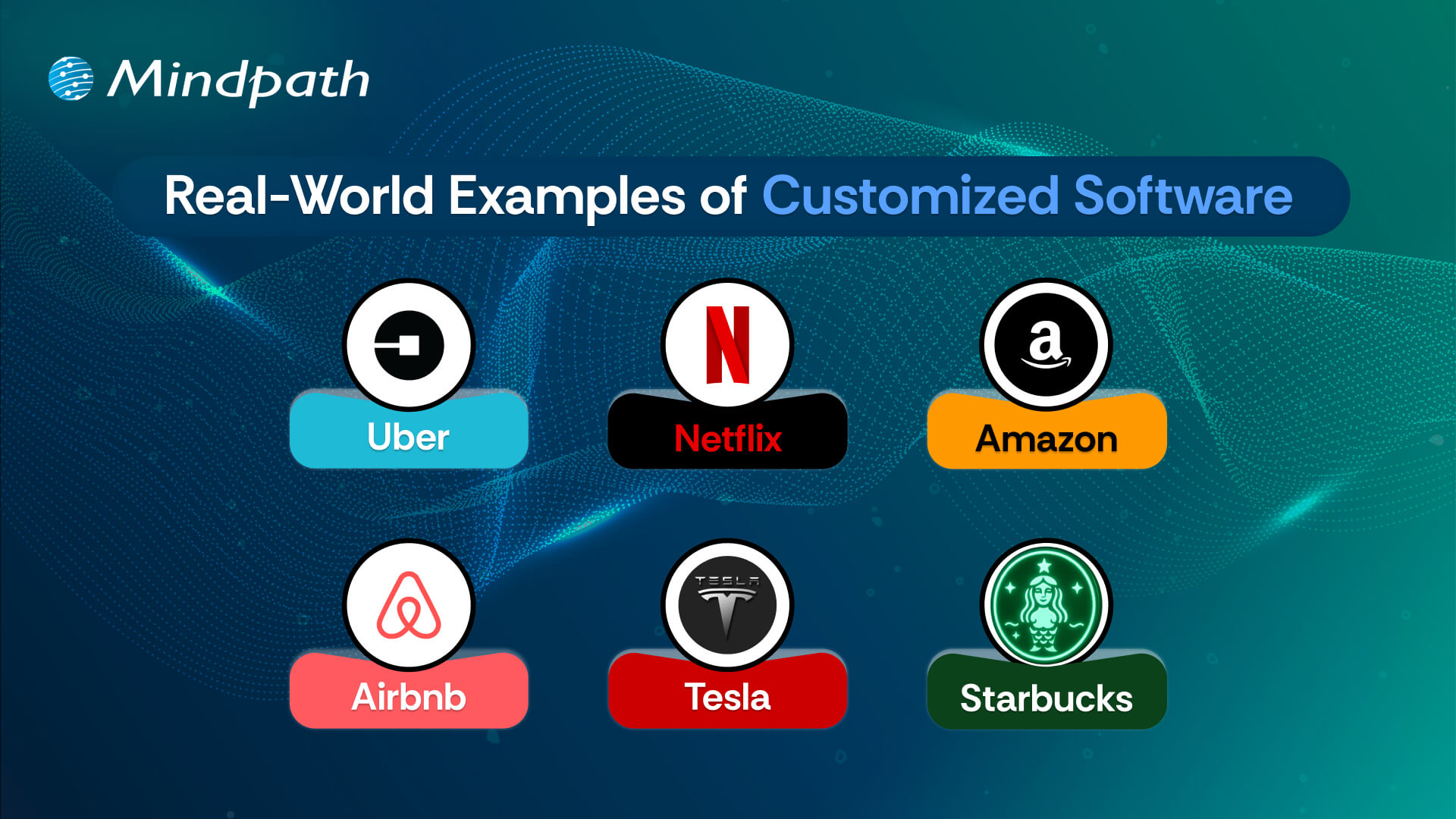1. Technical Skills
2. Front-End Development Skills
3. Project Experience
4. Development Workflow
Hiring competent ReactJS developers in New York requires a well-structured development methodology. Proficiency in version control systems such as Git is required for effective code management, collaboration, and smooth change tracking. To ensure a seamless workflow, developers should be conversant with Git repositories, branching methods, and pull requests. Furthermore, expertise with build tools like as Webpack or Parcel allows better bundling, shorter load times, and higher application performance. These tools assist to speed up the development process by automating processes like code minification, asset optimization, and module bundling, resulting in a more efficient and maintainable ReactJS application.
Looking to hire expert ReactJS developers in New York with the right skills and experience? At Mindpath, we connect you with top talent who excel in React development, version control, and modern build tools to create high-performance applications.
Contact Mindpath today















